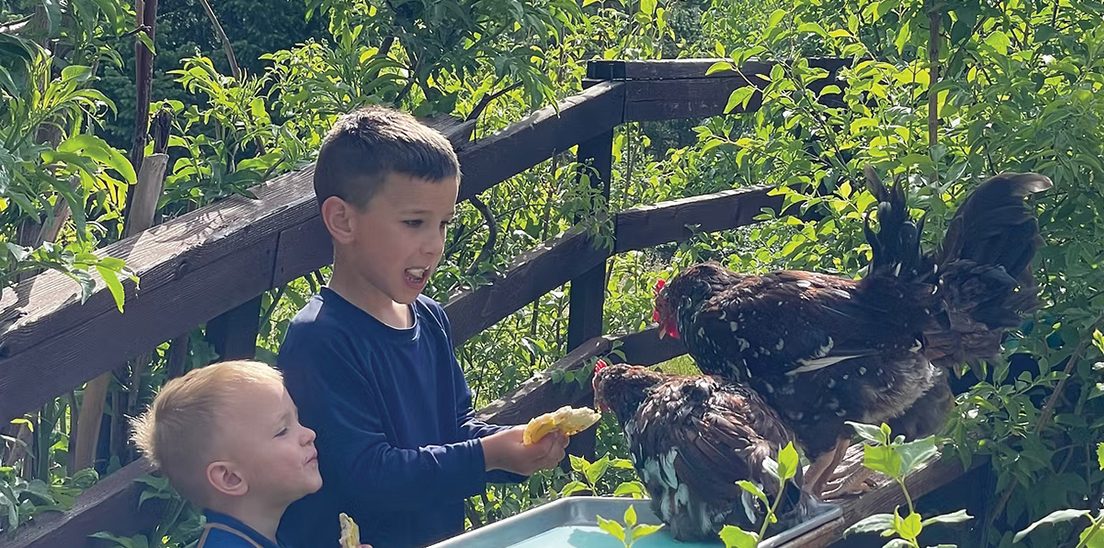Between the rows: Persimmon: The pretty predictors of winter
Published 7:30 am Monday, October 16, 2023

- Schmidt
The persimmon’s leaves turned yellow overnight. Its fruit is starting to ripen, finding the shade of orange it wants to be.
Trending
When I purchased the persimmon tree, it was in a 5-gallon pot. Since then, it has grown to be a large presence in the front yard. I envisioned fruit the size of apples, but its fruit is the size of a ping pong ball or smaller.
The error about the size of fruit happened because of the persimmon tree that grew at the base of Parrett Mountain (really just a big hill) east of Newberg, Oregon, when I was growing up. That tree had bigger fruit, and I was told it was a “Meader” variety of persimmon. So I bought a “Meader” and the fruit is small like the native persimmons.
Persimmon (Diospyros Virginiana) “Meader,” grows best in well-drained soil, neutral to slightly acidic.
Trending
Persimmons should be eaten only when ripe. Before that, they have an astringent quality that will draw your mouth tissue together, making it feel rough and dry like suede leather. A feeling not easily forgotten.
Called “possum apples” in the Midwest, ripe persimmons can be used to eat raw or make all forms of cookies, cakes and puddings.
The seeds are used to predict what weather we’ll have in the coming winter. The germinating body inside the seed takes on the shape of either a spoon, fork or knife. Of course this requires creative interpretation, but the stakes are high. With spoons you’ll have a cold winter requiring a lot of soup. With forks you have a mild winter. With the knives you have cutting winds to look forward to.
As of yet, I’m not sure about the prediction my persimmon seeds will make, as I haven’t cut any of them open. I would never wish to cast aspersions on the persimmon’s ability to tell us what’s in store, but it seemed to be accurate in the Missouri Ozarks.









